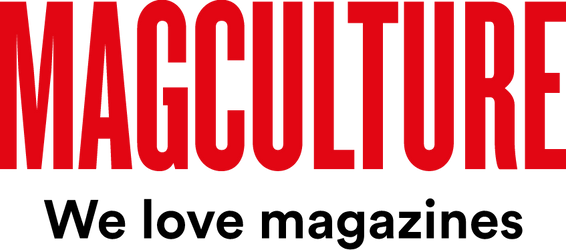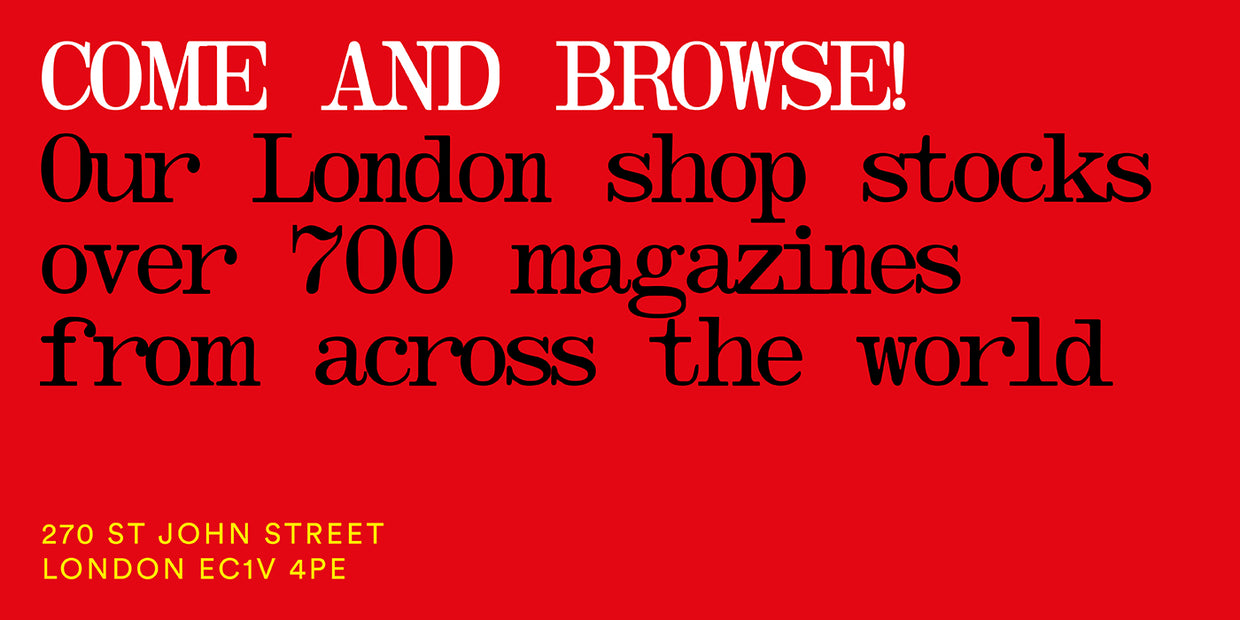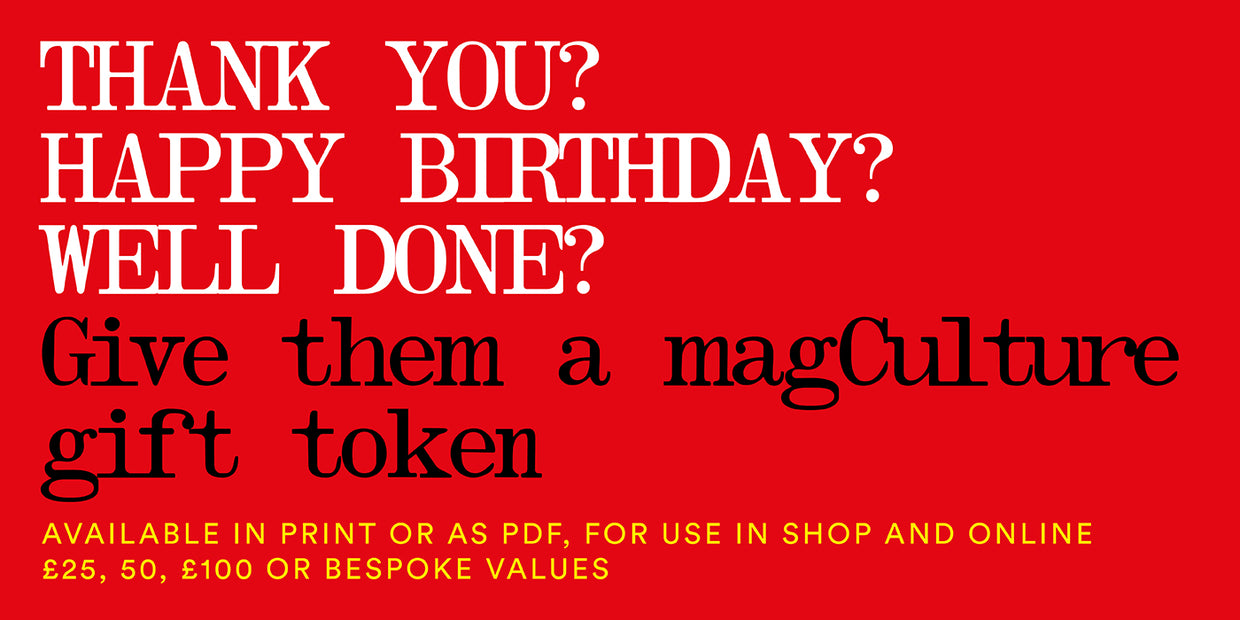
Amber Weaver, TypeOne
We hear from her as issue nine of TypeOne hits shops, a special looking at food packaging type and design, guest edited by the team at Norwegian design studio Olssøn Barbier.
What are you doing this morning?
It’s 6:30am and my Mac hums to life, my water is set and I start with the most important task of my week. From 6:30-8:30am I call this my employee work window. It’s a time each week that I review everyone’s work (subcontractors too) and make sure they have all the direction, material, feedback and instruction they need to complete their objectives of the week.
This is an invaluable task so I can get on with the rest of my week without too many interruptions (there always is but this way they are frantically reduced.) 8:30-9am is breakfast. Porridge with peanut butter, seeds and nuts. Then I crack on with a high priority task for the next 2.5 hours. I look up and it’s time to answer as many emails as I can within one hour. Once 12:30pm hits the mailbox gets closed and that’s all the email work I do for the day.

Describe your work environment
Currently I work from home, so my work environment currently consists of a desk, a notebook, pen, jug of water, a cup of tea (I’m a herbal test girl) and a GF Smith sample book with a plant resting on it. My desk has a window right next to it, I can usually see the sun rise from this window over the tops of the nearby houses but today it’s a gloomy November morning. I pop a vitamin D and K3 tablet as I look back at my computer screen. For sharp focus, I tend to work in complete silence, its helps me think. But other times I’ve usually for some low Fi music playing in the background, but less and less these days.
Which magazine do you first remember?

Aside from yours, what’s your favourite magazine?
Wired magazine. The reason why I love it and still have a subscription, is I enjoy reading about the global innovations being made to the real life BIG problems our world has. I think it can become common to feel disheartened by just about everything.
House prices are criminal, taxes are going up, our systems are damaging our planet, our food and water is poisen, all that jazz, can make you quite depressed. Wired features the young and established problem-solvers alike, and talk about how they are actively tackling these problems with their own solutions. It makes me keep faith in that fact there are people who care about these problems and intend on acquiring the knowledge and solution to resolve them once and for all.

Describe TypeOne in three words
Contemporary. Passionate. Curious.

There are a few design/type mags out there. What sets TypeOne apart?
Everything. Editorials, the concept itself, design and yes, the guest editors!

Describe the process of working with those guest editors
Literally all I had to do was step out of the editor’s role. That gave me more time to raise money in partnerships and sponsorship in order to pay the guest editor fee. I adore this process, but mostly I adore what it does for our readers.
My experience only goes so far, so when we get guest editors involved the breadth of knowledge is multiplied 10x fold and I think readers can get so much more value out of that. They provide their knowledge their perspectives, experiences, connections and expertise—all incredibly valuable things!

Highlight one story from the issue that best sums up the new issue of TypeOne
I have to say that my favourite piece of issue nine isn’t a single story, it’s the collection of stories featured in the opinion piece. For this issue we said a temporary goodbye to our standard format and the Olson Babieri guest editors came up with the brilliant idea of inviting each contributor to share a family recipe.
Each recipe has a little anecdote from the contributor themselves going into detail as to why they connect so much to this recipe—and I think this was just so personal and beautiful—I was also lucky to contribute one that my twin sister and I made up together.
Type, when constructed into words and sentences becomes a form of communication, and born out of that, is story telling. I think these written stories sum up the issue theme of being better connected with our food, the packaging it comes in and the ecological systems used to produce it and get it into our kitchens.

What advice do you have for anyone planning to launch a magazine?
It’s expensive, and the margins are hard to get right. If you want to create a magazine just because you love print I would advise not doing it. Once you start you can’t stop (technically you can ofc) but the point is to firstly never quit, but secondly launch something that has a purpose and create a sustainable business model for it.
For example, when I created TypeOne, I wanted it to be a cut against the rest, going down in history as one of the key publications on contemporary graphic design of our time. I hope people will save them as creative artefacts, that design museums will one day hold the full collection in their archives, and designers will sell the super rare cover of issue one (regular number one, not the italic—there’s only 1000 ever printed) on eBay and Amazon for £100+ an issue.
But if you’re adamant that you want to launch one here are some tips I wish someone had given me:
• Validate your idea before investing in printing. Create a survey group or an emailing list. Create a mockup of some kind and get as much feedback as you can about whether people are actually interested in your magazine. This will also help you know how many copies to print too.
• What will it look like and how will it fit or disrupt the current market?
• Next is money. Money money money. Finance is incredibly important, I get that this may be a passion project but at the core it’s a product with a business model attached to it. Will you fund the print invoice through a preorder campaign? Crowd funding? Will your subscriptions cover the print cost each year? Figure this out early on and you’ll have a model that works.
• Where will you sell it? My advice is to set a Shopify online store up for £25 a month, as this is the best platform I’ve used in terms of cost effective functionality and scaling abilities. This will give you all the tools to sell, ship and do in-person sales too. Aim to sell 80% of copies direct (B2C) for a maximum return on your margin and then 20% you can work on wholesale and securing a distributor (B2B)
• Start with one market and expand carefully, one at a time.
• Let your store traffic data tell you the story, not assumptions.
• Figure out the logistics, are you going to handle the shipping yourself? Or will you use a mailing house? There are fees involved in the latter, so make sure to factor this into your costs.
• Define your purpose. Why are you creating the magazine, how does it function as a tool? Is it an introduction into other parts of your brand? Make it feed into other things as best you can to get as much benefit from it as you can.
• Depending on how big you want it to be, I would start with an annual issue. If it gains traction, you can always expand do bi-annual.
• Create space for advertising, it’ll help you pay for the magazine.
• Create a social media platform for the magazine—maybe even a digital community of some sort. Anyway connect with your customers to get into the habit of getting feedback loops to help you continuously improve the product.
What are you most looking forward to this coming week?
I’m working something exciting that’ll be better positioned and launched in early 2025 - that’s all I can say for now, but very exciting times ahead.
Design and art direction Studio Ground Floor


